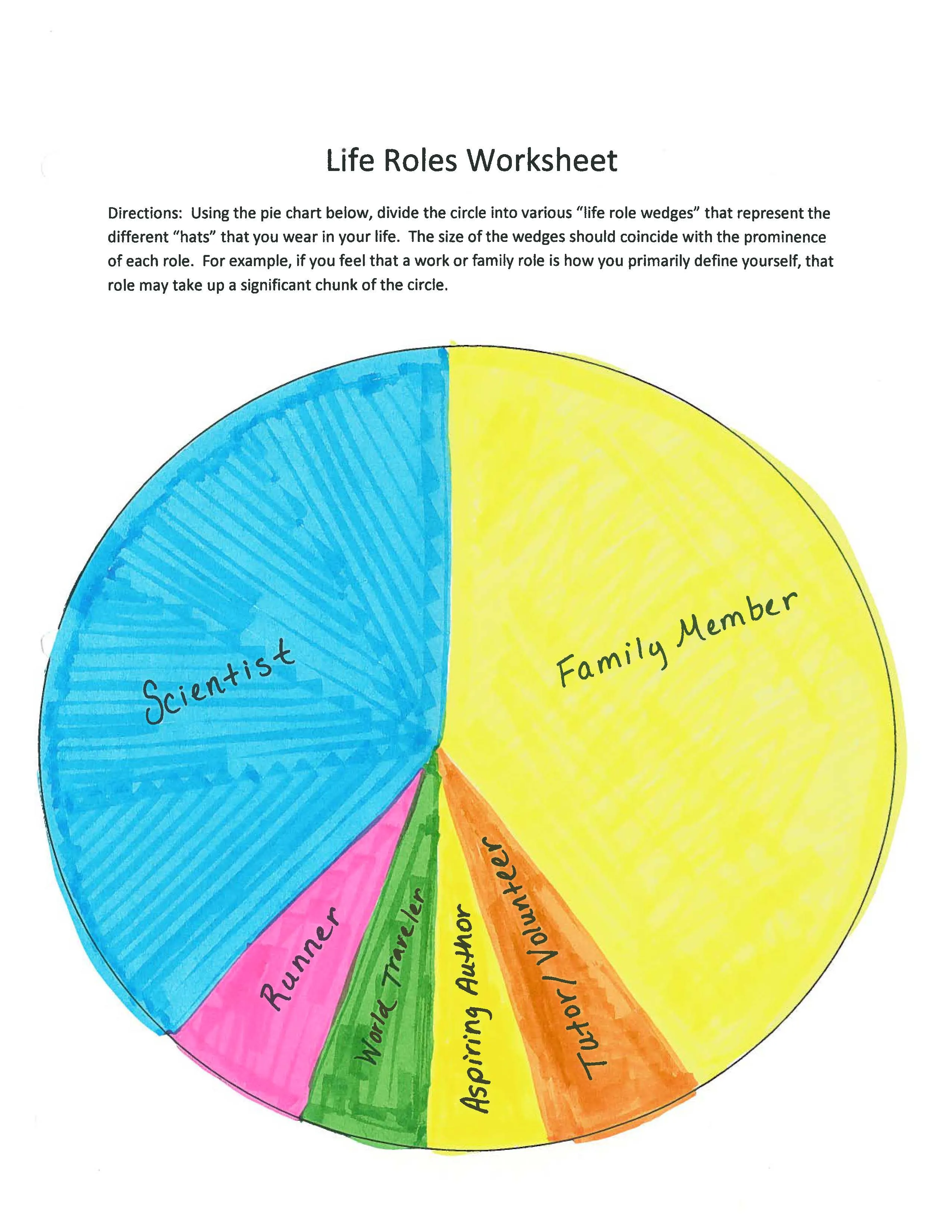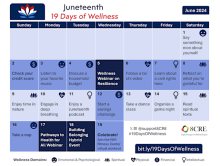
Last week, we provided an overview on a relevant career development theory. Now that you have an understanding of Super’s Life-Span/Life-Space Theory, let’s take a moment to further explore its applicability to real life. We often see individuals dealing with a variety of issues that relate to this theory, including the following:

- Many fellows have been intensely focused on their role as a “student” or a “trainee” and have a difficult time seeing how their skills and professional identity can transfer to a new role.
- After a PhD and postdoc, more roles often get added and intensified, sometimes so rapidly that an individual doesn’t recognize that their values around these roles are changing.
- Even if they do recognize that their values and priorities are changing, they don’t always own them or feel free to acknowledge them. This often happens in part because they have been in environments with less ambiguity and/or complexity.
- Complexity often comes with additional roles. It can be harder to say what’s important when you are not only considering yourself, but your lab work, your mentor, your partner/spouse/significant other, your child(ren), your ill or aging parents, your leisure pursuits, and the list can go on and on.





